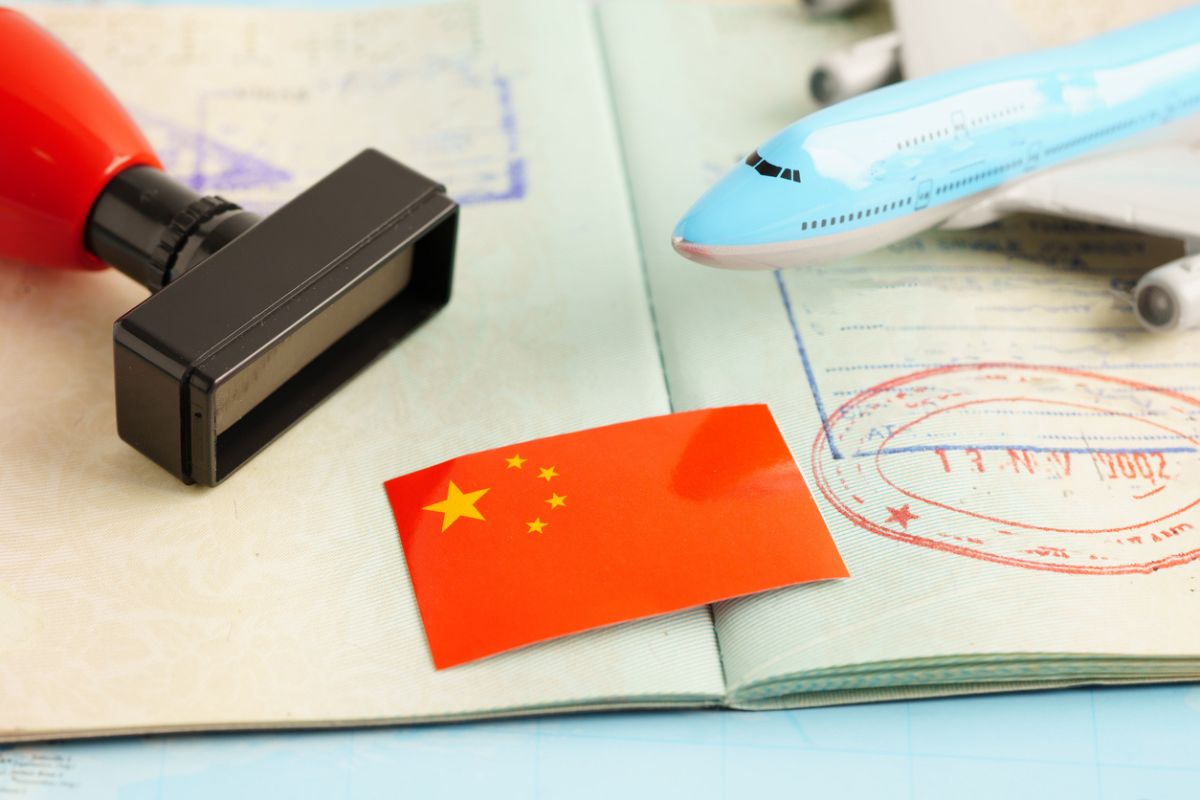China just rolled out a series of new rules for all visa applications. So if you are planning to travel to China for leisure or a business trip, it is important to get your paperwork right before you apply for a China visa.
Updates in the China Visa Application Process
As per the many sources in the travel industry, the Chinese Embassy and VFS Global centres have updated their documentation requirements for all visa applicants. These rules are stricter now, and missing any detail can have your application rejected right at the counter.
Here’s a straight-up explanation of what’s changed and what you need to do.
1. Old Passports Must Be Submitted
Applicants must now submit any old passports (issued within the last five years, if available) along with their current valid passport. So if you have a previous passport showing travel or visa history, include it, even if it’s expired.
2. Name Consistency & Change Documentation
If the name on your passport does not match the name on other identity documents, like Aadhaar in India, you may need to provide official proof of the change. This could be a gazette notification or a name-change affidavit.
3. Cover Letter and Invitation Letter: Stricter Formatting
The visa application now requires a more formal cover letter and, if necessary, an invitation letter with specific details.
- The cover letter should clearly state the applicant’s full name, passport number, purpose of travel, arrival and departure dates, places to be visited, and contact details of the inviting entity.
- If you are applying under the “business/visit” category, the invitation must include the inviter’s name, designation, company, and a stamp or signature in both English and Chinese.
- All dates in both the cover letter and the invitation letter must now follow the exact format YYYY MM DD — if not, your application risks immediate rejection at the submission stage. (This appears in the guidance from VFS New Delhi.)
4. Bank Statement and Proof of Funds
For tourist visa applications (L category), there is now more emphasis on proof of funds. Some reported guidance mentions a requirement of ~₹300,000 in the bank account for the last three months.
While official embassy guidance mentions for Indian applicants a deposit proof of ₹100,000 with consistency over the past six months.
Bottom line: make sure you have stable bank balances and statements to back your visit.
5. All Application Forms Must Be Filled In Capital Letters
According to the updated documentation guidance, the visa application form (and other travel details) must be in capital letters. The VFS notice emphasises that non-compliance may cause rejection.
6. Appointment Removal & Quicker Processing
One positive change: for applicants in India, the requirement to make an appointment at the visa centre has been removed in many cases; you can now submit your application on any working day.
Also, provided your documents meet the criteria, the processing time for regular cases is usually 4 working days and express cases around 3 working days
What Travellers Should Do: A Checklist
Here are practical steps to follow before you submit your China visa application:
- Gather your current passport plus any previous passports from the last five years.
- Verify your name in the passport = name in Aadhaar/other identity proofs. If different, secure an affidavit or name-change certificate.
- Draft a clear cover letter: state your full name, passport number, travel purpose, dates (as YYYY MM DD), places you will visit, and contact information of your Chinese inviter (if applicable).
- If you are applying under a business or invitation category: make sure the invitation from the Chinese side has name, designation, company, stamp/signature, and is in English & Chinese.
- Check bank statements: ensure a consistent balance for the recent months, sufficient to support your stay.
- Fill out the application form in capital letters.
- Submit at the correct visa centre (New Delhi, Mumbai or Kolkata) based on your passport’s issue place and your jurisdiction.
Why These Changes Matter
- They reduce ambiguity: clear date formats, exact name match rules, unified document demands help reduce rejections and delays.
- They increase compliance: by asking for old passports, proof of funds, stricter invitation/cover-letter details, the authorities aim to improve verification.
- They streamline processing: removing the appointment requirement and standardising forms means the procedure is smoother for many applicants.
Final thoughts
If you’re planning to visit China anytime soon, take this update seriously. Treat your date format, name consistency, and documentation with the same importance as your flight and hotel bookings. A minor error can lead to a visa denial or delay.
Double-check everything. Convert dates to YYYY MM DD. Sign the cover letter correctly, provide all old passports, and keep bank evidence. Do this now so you won’t have to rush later.
One final tip: keep photocopies of every document you submit. Also, consider uploading or backing up electronic copies whenever possible. It’s better to be over-prepared than under-documented.
Follow and connect with us on Facebook, Twitter, LinkedIn, Instagram and Google News for the latest travel news and updates!
